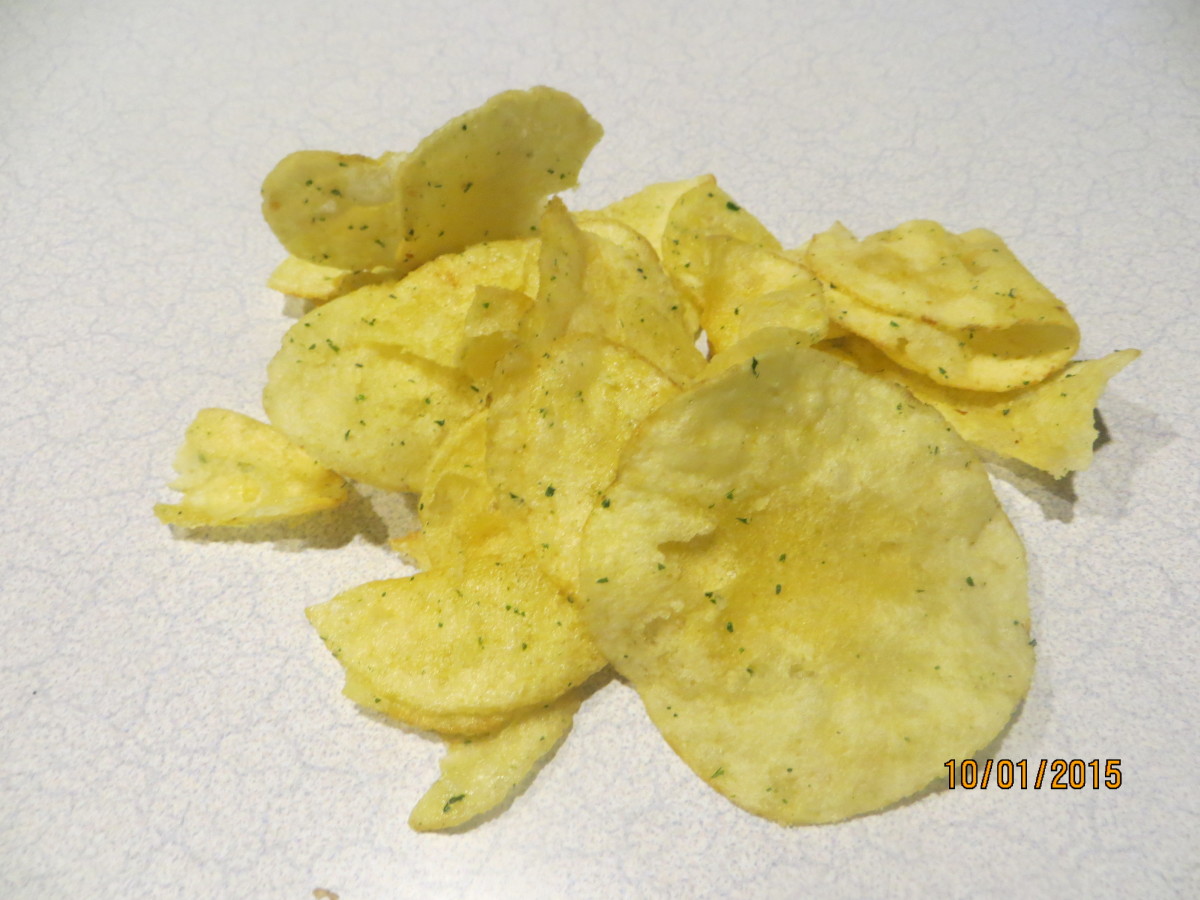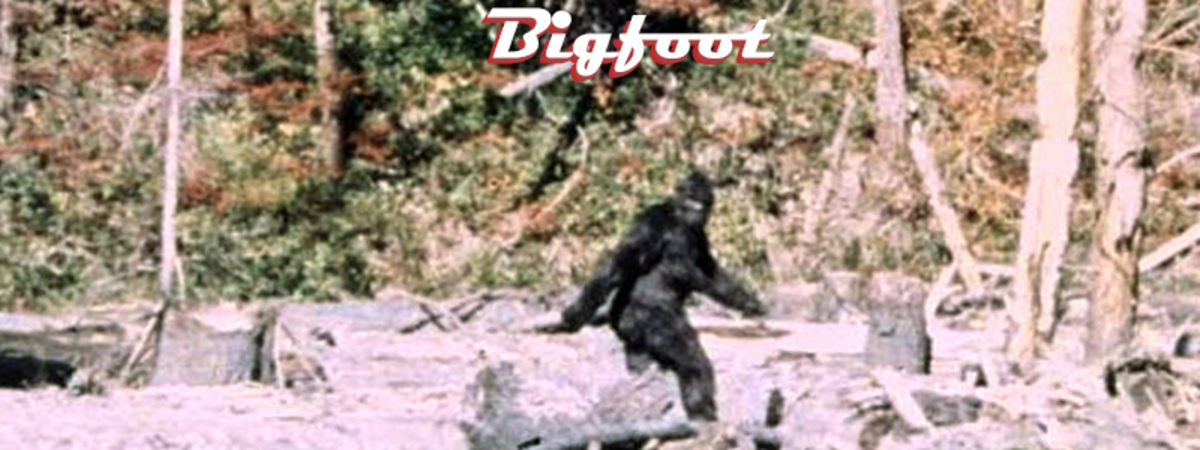The Value of Media Archaeology
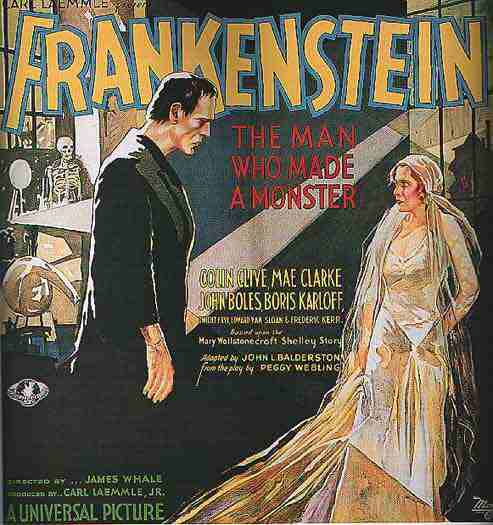
The Ephemeral
Whatsoever is ephemeral is closer to the collective consciousness of the producing culture’s historical moment.
By ‘ephemeral’ is meant the necessarily ephemeral works that are functionally produced in a society, from the funerary accessories of early tribes to the television commercials of today. The ephemeral is opposed, then, to the transcendent: what is produced with only the necessary, minor influence of the age of production, but destined–that is, intended by the author–to endure indefinitely as a work of art. Movie posters are the ephemera to Picasso’s transcendents, though both were produced in the same age.
By ‘collective consciousness’ is meant nothing mystical, but simply the general trends and fashions that inhere in the thought of the majority of a culture at a moment in history. It is only collective insofar as the deviants are ignored, and consciousness insofar as it has to do with the culture’s manner of being, thinking, and expressing in toto.
By ‘historical moment’ is meant any period of time to which a definite ‘spirit’ may be attributed. As the Elizabethan age is a moment just prior to the moment of the Jacobean age, so is that period designated ‘the 80s’ a moment just prior to the moment of ‘the 90s.’
Therefore, because art is transcendent, it is always already removed from its moment; because the ephemeral is functional, it must be removed from its functional milieu in the moment. Art is thus at a distance from the consciousness of the culture in which it is produced, whereas the ephemeral, produced by that culture’s consciousness for that culture’s immediate function and/or consumption, is near to the culture’s momentary collective consciousness. The more ephemeral, the nearer it is.
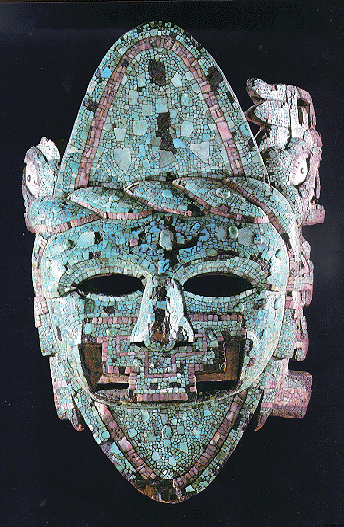
Archaeology
Archaeology uncovers the ephemeral, now removed from its momentary functional milieu. Without function, the ephemeral is of interest for two reasons, 1. The ephemeral yields information regarding the culture’s historical moment in which it was produced. 2. The ephemeral, now useless, can be admired in its construction as a work of beauty.
So the traditional archaeologist digs through earth and uncovers a gilded funerary mask of some ancient culture, from the moment of some dynasty’s reign. The mask, placed in a museum, is never to be used for its original funerary function. It was not the mask itself, then, that turned out to be ephemeral, but its function.
1. The mask is studied to learn more about how the culture lived, thought, and died during the moment in which the mask was produced. For this reason the mask is compared to other funerary masks produced during different dynasties. A progress in craft and ideas can be charted by viewing a line of different mask-styles.
2. The mask is admired by tours passing through the museum. Without function it is quite useless, and can be marveled at as though it were art. The mask was never constructed to be stared at or admired as a work of artistic beauty, however, but was to serve the purpose of masking the dead dignitary’s face. To be a work of art, a work must be highly individualized to the creator. But this mask is a product of cultural consciousness, reflecting, as it does, the culture’s ideas about what a funerary mask ought to be. Though the cultural consciousness is surely filtered through the hands of a single craftsman, he fulfills expectations. Only now can those touring the museum treat the object as beautiful, a work of stunning craft, “so much work for nothing.” And that is important, that the mask is as useless to the museum tourists as any other work of art, because the original function is ludicrous to them.
Archaeology of Media
The media archaeologist similarly digs through media and uncovers the ephemeral. Let us say the media archaeologist is digging through cinema and television. Great cinematic works are not valuable, for they are works of art, given transcendence. However, lower-brow films and most television programs are more ephemeral, rarely intended for more than entertainment. News programs are even more ephemeral. But she hits the jackpot with television commercials: they are created by people as enmeshed in their cultural moment as can be, produced to convince people of a particular society occupying a particular moment to buy a product that may not exist a year later. Not only does the product itself change, and possibly even cease to exist, but the people change; so the product requires constant updating of the commercials that advertise it.
Thus is the functional milieu of a television commercial eminently ephemeral. Rarely do commercials last beyond a year. For a member of the once-targeted audience to see the same commercial four or five years later might shock or provoke laughter. Far more ephemeral than funerary masks, which yielded information about a moment spanning a whole dynasty, technology has given us a microscope of sorts in media archaeology, for the moments now span but a decade, sometimes only a year. (After all, moments are divided up subjectively, on the basis only of data sufficient to set apart a new moment.)
Just as a skilled archaeologist can tell the era a clay statue is from by looking at it, so can anyone familiar with 1980s commercial production tell that the above commercial is from the 80s. Can you determine the year?
Understanding Ourselves
The television commercials our archaeologist has uncovered are studied to understand our own historical moments. Let us say the commercials are from the periods of the 80s and the 90s. The archaeologist can then compare them amongst each other, with television programs, and other ephemera of those moments, in order to see what distinguishes the moments, where their transitions occur, and so forth.
Commercials from the 80s, for example, are colorful, flamboyant, even gaudy; yet somehow innocent, as even teenagers are ever depicted in harmless jogging suits. Breakfast cereal commercials of the moment, to be more specific, show quaint moments of an assembled nuclear family, or sometimes just the quintessential three children, in an archetypal suburban home; the family is inordinately happy about whatever new cereal ‘Mom’ or ‘Dad’ has placed on the table. They will often tell the viewer how great the product is. Commercials from the 90s, however, are formal, polished, consisting mostly of black, white, and grays. The innocence is lost, as children are found dressed in adult, and what would have but a short time prior been scandalous, fashions. Breakfast cereal commercials no longer represent perfect nuclear families in suburban environments, but often single parents and one child each, at considerable distance from one another, momentarily united by mutual affection for their cereal. The commercials show, rather than tell, the greatness of the product.
The efficacy of 90s-style commercial-making need not be compared to 80s-style. They were each effective in their respective moments. The transition from one style to the other is certainly not based on efficacy, nor is it even conscious. A culture knows–though it does not know that it knows–what will get it to buy products at a certain moment, and produces its commercials for itself accordingly.
Thus the stylistic analyses of the ephemera yield information about the culture in the respective moments, as these commercials were purely functional for that moment. That such works could have been functional, and that the producers could ever have thought these works would be functional, is enough to tell us that the cultural consciousness was different in that moment, say the 80s, than at another, like the 90s.
The value of such a study is primarily sociological: it is to understand the impact of cultural changes on a cultural consciousness. A difference between moment x and moment y requires an explanation, or rather several. As technology progresses, it appears the rate of progress itself progresses. Consequently, so does consciousness seem to change more quickly today than ever; so is our division of moments more fine than ever. By studying the differences between television commercials of 1990 and 2000, one can gain insight into how the influence home computers and especially the internet has affected the culture.
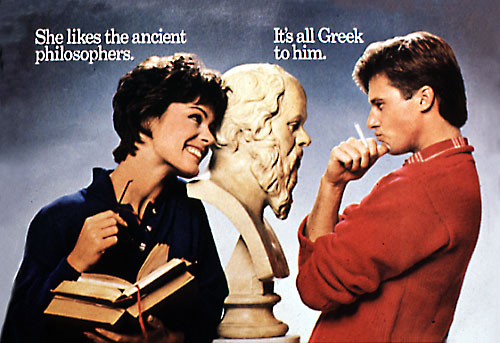
Enjoying Artifacts
Just as the funerary mask, removed from its functional milieu, is taken as a work of beauty, so too can ephemera from the media. No longer serving their function, television commercials can be appreciated for their construction. That is, the originality, the use of music, the writing, the cinematography, and so forth. That is not to say the commercial can become a work of art, but it can still be treated as a well-crafted artifact.
Budweiser - 80s
Let's have some surrealism with the watermelon-smashing '80s comic Gallagher. Perhaps better experienced than rationalized, taking a moment to make coherent what's happening in this commercial can be entertaining in itself. It appears that the beret-wearing Gallagher arrives at a bowling alley that is in the middle of a rockabilly-themed evening. Sore-thumb though he be, he is undeterred. He tries bowling and discovers his pins turn into beer bottles. A minor inconvenience for the curly-haired comic. He finds a watermelon--and I daresay it is a rare bowling alley equipped with one--and sets it at the pins successfully, while the other patrons hide behind umbrellas. Overwhelmed with his watermelon victory, he is carried away while a dwarf plays at a minibowling table, the pins of which all have Gallagher's face on their 'heads'. What does it all mean? One wonders if this could have ever gotten anyone to drink Budweiser.
Werther's Original
Werther's Original, the geriatric candy par excellence, has ever had one of the most evocative commercials on television. The tender moment between a grandson and grandfather is expressed in soft, sonorous tones by the gentle, loving old man. The soft focus photography floods the viewer with the feeling that this is a mythical time, a time gone by, captured in memories; and yet one within reach, because Werther's is carrying on the tradition. The warm, brown tones pull one into the world of this tenderness, into the oldworld grandfather's study: a world many of us will never see except on television. It is, after all, a little too perfect; but then, it was made to advertise a chunk of caramelized sugar.
Sprite - 1998
The television commercial goes post-modern. We've been seeing vaguely frightening, happy mascots springing into frame for decades, informing us and the humans trapped in the commercial with them of the wonder of the product they were about to consume or were already consuming; nobody has ever been perplexed to discover these creatures in their home--not even the rather intrusive Kool-Aid man. Sprite's slogan had been "Obey your thirst" for a long time; in the '90s they added "Thirst is everything" to this philosophy of drink. These two facts combined in the fertile minds of the marketing team behind this commercial to produce Sun Fizz. Sun Fizz is a fictitious beverage with a deliriously happy, unctiously sweet mascot who proudly informs the Sun Fizz-drinking family of the health benefits of the beverage. Startled to discover some horrendous sun-creature appear in her kitchen, the mother grabs her two children and rushes them to the front door to escape. As they run, the Sun Fizz mascot chases, continuing to talk about the health benefits of the drink. The mother trips. The sun creature is gaining. Oh no! Finally, the punchline: Thirst is everything; don't trust cartoons; trust your thirst.


